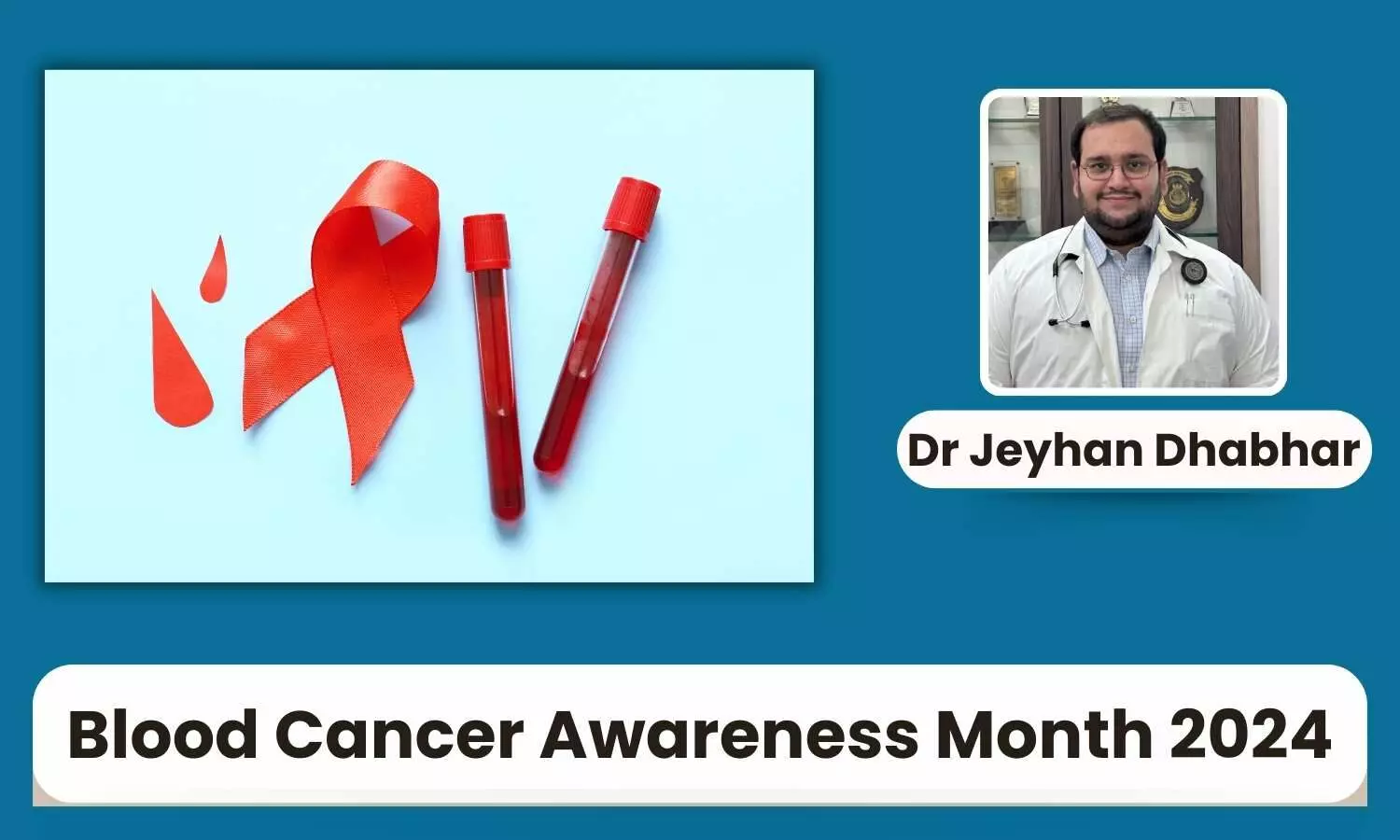Blood Cancer Awareness Month 2024: Types of Blood Cancer, Treatment Outcomes, and Challenges - Dr Jeyhan Dhabhar

Blood cancer is a vast disease. Each blood cancer is different, it behaves differently, responds to treatment differently and can happen across age groups - from children to elderly.
Blood cancer encompasses a variety of haematological malignancies, including leukemia, lymphoma, and multiple myeloma. September marks Blood Cancer Awareness Month, dedicated to increasing awareness about these different types. Understanding the unique challenges in diagnosing and treating each type is essential for improving patient care and outcomes.
The curability of blood cancers varies significantly depending on the specific type and patient factors like their general health, Comorbidities like heart diseases and diabetes also hamper our treatment plan.
Leukemia
Certain subtypes of leukemia are potentially curable. For instance, acute promyelocytic leukemia (APL) has a high cure rate of 80-90% with a regimen of all-trans retinoic acid and arsenic trioxide.
Chronic myeloid leukemia (CML)has seen remarkable improvements in survival with BCR-ABL1 tyrosine kinase inhibitors (TKIs), with survival rates approaching those of the general population. However, other subtypes, such as acute myeloid leukemia (AML), particularly in older adults, remain challenging to cure despite advances in targeted therapies.
Lymphoma
Some lymphomas, such as Hodgkin's lymphoma, have high cure rates, especially in younger patients, with modern chemotherapy and radiotherapy protocols. We routinely use targeted therapies for Hodgkin's which makes the treatment less toxic and more effective.
Non-Hodgkin lymphomas (NHL) vary widely in prognosis; aggressive forms like diffuse large B-cell lymphoma (DLBCL) can be curable with intensive chemotherapy, while indolent forms like follicular lymphoma are generally considered incurable but manageable with long-term treatment.
CAR T cell therapies have changed the landscape of treatment for recurrent Non-Hodgkin's lymphoma patients.
Multiple Myeloma
This remains largely incurable, though treatment advances have significantly improved survival and quality of life. Therapies include proteasome inhibitors, immunomodulatory drugs, and monoclonal antibodies, often used in combination.
Most Dangerous Type
Among blood cancers, acute myeloid leukemia (AML) is often considered one of the most dangerous due to its aggressive nature and poor prognosis, particularly in older adults. The five-year survival rate for AML is relatively low, and the disease often requires intensive treatment.
In summary, while some blood cancers are curable, particularly in younger patients and specific subtypes, others remain challenging with a high risk of relapse and poor prognosis. The type of blood cancer and patient-specific factors significantly influence the curability and danger associated with the disease.


